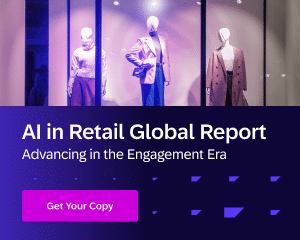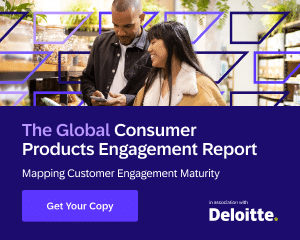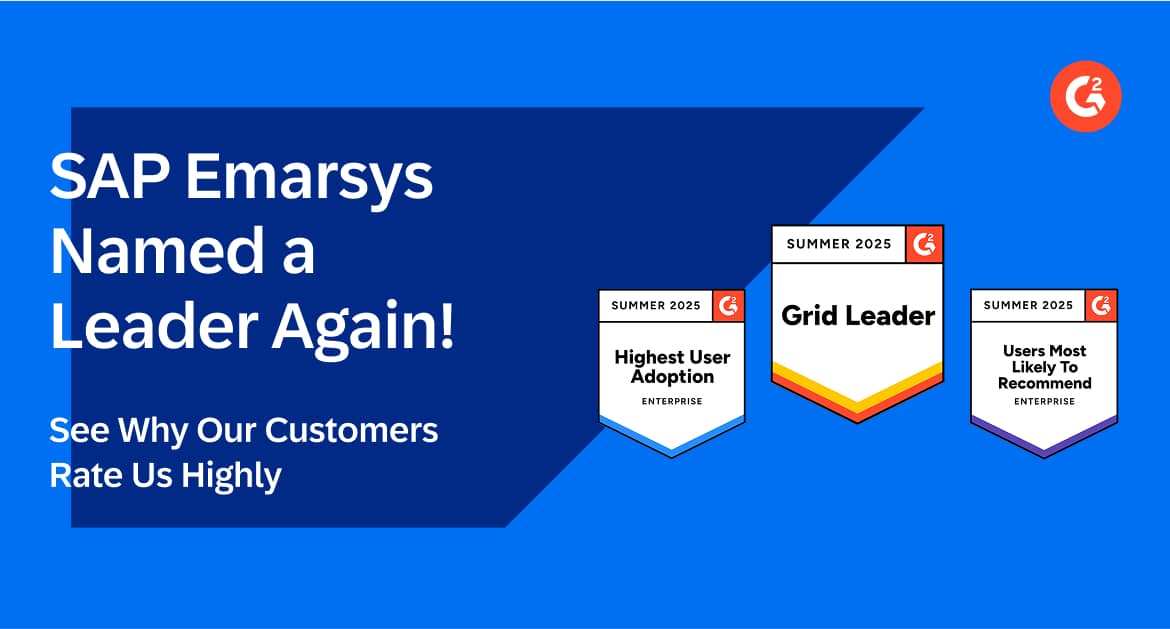This article is part of our Power Up Your Email series — which shines a spotlight on the email marketing strategies and insights top brands are using to engage more customers, increase conversions, and drive growth and revenue.
* * *
It’s human nature to want to focus on the things we’re doing well. Drawing attention to the positive things — our successes — makes us feel good.
There’s a time and a place for some self-congratulation, but real growth is achieved only after you put a light on your weaknesses.
As marketers, we need to practice unbiased self-reflection if we want to grow and improve. It’s important to keep an eye on the areas you’ve fallen short of your goals. Should you still be aware of your strengths and successes? Absolutely. But not if it means ignoring your shortcomings.
That’s why today’s most successful email marketers aren’t just interested in celebrating their positive metrics. They’re also interested in their negative metrics. Successful marketers understand that examining negative metrics allows them to find opportunities for improvement, and ultimately, strengthen and grow their email marketing strategy.
Let’s take a look at what you can learn from your negative email marketing metrics, and how to elevate your email marketing strategy to ensure better business outcomes.
What can you learn from your negative metrics?
To drive success, you need to understand where you are less successful, where you have room for improvement, and where you’re at risk. Yet, there’s a question that marketers seldom want to ask (although they should): “Show me what I’m doing poorly.”
Positive Metrics are One Side of the Story
Open rates. Conversation rates. Click-thru rates. These are all important areas of focus for marketers. Understandably so — they’re helpful indicators of performance. But solely focusing on these metrics leaves you with an incomplete picture of email marketing efficacy.
Take open rates for example. How do you make open rates go up? One easy way is to simply send more emails. Open rates are ultimately a numbers game, where sending more emails inevitably yields more opens. However, in this scenario, you would learn little to nothing about your creative email content.
In a successful email marketing strategy, quality triumphs over quantity. Instead of sending more and more of the same generic email to a larger audience, you want to drive open rates by having high-quality email content — which means contextual, personalized emails that are highly relevant to the customer.
To better gauge whether you’re sending the right emails to the right customers, you need to know your negative metrics.
Your Negative Metrics Help Tell the Complete Story
Have you noticed more customers ignoring your emails? Have you noticed more customers unsubscribing from your email list?
Although it might be painful to look at these metrics, you need to know whether these numbers are going up or down. If metrics like ignore rate, unsubscribe rate, and bounce rate are going up, you have a content problem — you keep sending emails, but your customers don’t like what you have to say (or how often you’re saying it).
When you have a clear picture of those negative metrics and can view them in relation to your positive metrics, you’ll gain a more complete understanding of which email content works best, and what is the optimal cadence and frequency — not only for your active customer segments, but your inactive customer segments as well. If open rates go up while your unsubscribe rates remain steady or decrease, you can be confident that your email marketing strategy is sound.
“If a very successful marketing campaign sends twice a week, and then they decide to send three times a week, it’s almost certain that there will be an increase in opens, clicks, website visits, conversions, and in revenue. […] But if you only focus on those positive metrics, you will miss what is also happening just outside those positive metrics. As fatigue sets in, as disengagement sets in, you will start to see the negative metrics telling you a story that you must pay attention to: unsubscribe rates, the rates that people are ignoring the emails. So it’s not just about opens and clicks. It’s about counting those people who are starting to not open, who are not clicking, so those negative metrics.”
Tracking the Right Metrics for Growth
Growth is a priority objective for email marketers, so it’s no surprise to see a great deal of emphasis placed on having a large mailing list. And why not? The bigger the list, the more emails you can send to customers, and the greater potential for revenue.
But your mailing list is another example where quality is more meaningful than quantity. You don’t just want to grow your mailing list; you want to grow your active mailing list.
Grow Your Active Segments, Grow Your Business
If increasing revenue is your goal, your greatest opportunities lie with your active mailing list. They are your most engaged customer base and the most likely to convert. If you’re just focused on the size of your mailing list without making the distinction between your active and inactive customers, you’ll miss out on another key opportunity: re-engaging inactives and turning them into highly engaged customers that consistently buy your products.
One of the KPIs that should inform your email marketing strategy is the conversion of inactives to actives. Having visibility on this will allow you to better tailor your email content to win those customers back. Be strategic with how you convert those inactives to active again — think of ways you can reach back out to them in a way that adds value. Consider personalized campaigns like:
- Win-back campaign
- Lead re-engagement
- Purchase anniversary email
- Registration anniversary email
- Customer survey
Getting more of those inactive customers back into your active customer segment will go a long way in helping you convert purchases and drive revenue.
Employ a Customer-Centric Strategy to Drive Re-Engagement
One reason why a customer may have gone inactive is because your email content lacked relevancy. Each customer is different and unique, so they’ll respond to your messages differently based on what you send and when you send it (not just time of day, but also where they’re at in their customer lifecycle).
This is where the right technology is key. Having an AI-powered customer engagement platform allows you to send the right email to the right person at the most opportune time. Highly relevant 1:1 emails could be the difference maker between growth in your active customers… or inactive customers.
“We need to use all of the tools that we have at our fingertips to help ensure that every one of our recipients is delivered the right content at the right time. Now, this is not something that can be done with a single, simple content strategy. It’s something that can really only be delivered at scale by using some very intelligent technology. And if we have a mailing list of half a million people, it’s more effective, instead of thinking about that mailing list of half a million people and being sent a single piece of content to instead consider how you evolve your marketing program to deliver half a million individual 1-to-1 communication messages.”
Final Thoughts
Marketing is a quick-change industry, and any marketer will tell you the same thing: there is no winning strategy to be found in remaining stagnant and still. The ability to continuously adapt, refine, and optimize your marketing allows you to be successful. Such adaptability requires a willingness to look at your negative metrics — if you don’t know where your weaknesses lie, how can you safeguard your strengths?
Be brave. Start looking at the things that aren’t as focused on telling you how good you are. This is a huge, untapped well of opportunity where you can not only increase your results but reduce your risk of losing customers (and you’ll save on the expense it would take to re-acquire them).
If you notice your negative metrics going up, take the chance to re-evaluate your strategy. Are you delivering the personalized 1:1 messages that customers demand? Are you delivering contextually relevant emails that drive engagement? If not, consider partnering with an AI-powered omnichannel customer engagement platform that can take you from sending batch-and-blast emails to sending highly relevant 1:1 messages to customers in real time.
Discover why thousands of marketers trust Emarsys’s email marketing to drive customer engagement and accelerate business outcomes.
- For more powerful insights to power up your email, be sure to check out our resource hub, which is full of videos, articles, real success stories, and more — all designed to bolster your email marketing strategy and improve email deliverability.
Handpicked Related Content:














